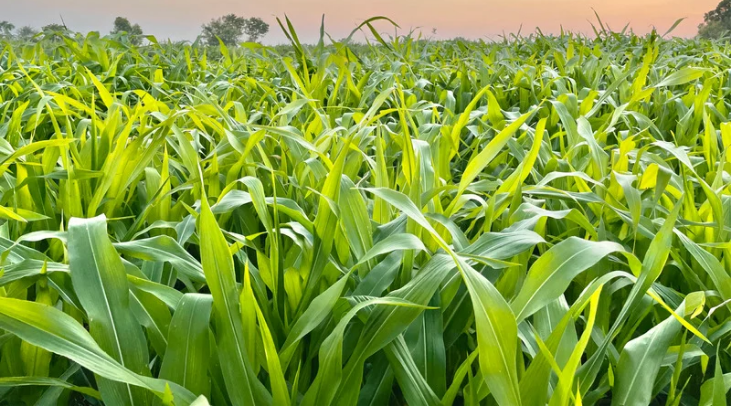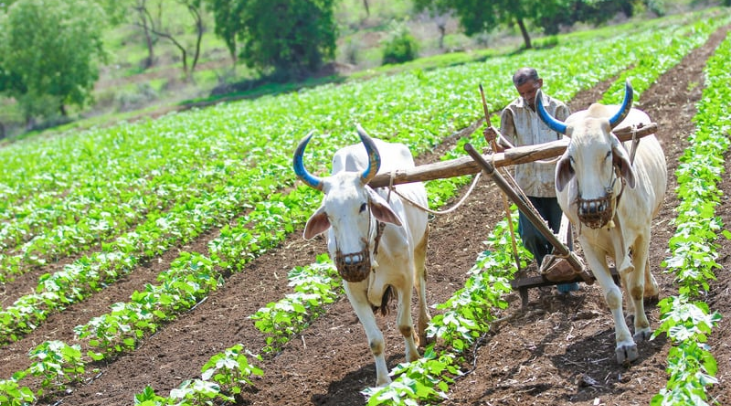1. Indian Agriculture Navigating Export Regulations

Indian Agriculture export to effectively, one must meticulously follow both international and domestic regulations. India’s freshhlypicked agricultural export industry thrives on its diverse produce and global demand, making Indian agricultural exports a key driver of economic growth. By prioritizing traceability, farmer empowerment, and eco-friendly initiatives, the future of Indian agriculture exports lies in balancing innovation with sustainability.Key steps include:
A. Registration and Certification:
- Import-Export Code (IEC): Acquire an IEC from the Directorate General of Foreign Trade (DGFT).
- APEDA Registration: For agricultural and processed food exports, register with the Agricultural and Processed Food Products Export Development Authority (APEDA).
- Quality Certifications:Obtain certifications like FSSAI, HACCP, and GLOBALG.A.P. to align with international quality standards.
B. Export Documentation: Key documents include:-
- Invoice and Packing List
- Phytosanitary Certificate
- Certificate of Origin
- Bill of Lading or Airway Bill
C. Complying with Importing Countries’ Standards
Investigate the import regulations of your target countries, including limits on pesticide residues, labeling requirements, and food safety protocols.
2. Maintaining Quality Standards

Quality is paramount in exporting Indian produce.India’s agriculture export industry thrives on its diverse produce and global demand, making Indian agricultural exports a key driver of economic growth. However, achieving success in international markets requires strict adherence to export compliance, ensuring quality assurance and embracing eco-friendly practices. By meeting global standards like phytosanitary certifications and adhering to Maximum Residue Level (MRL) guidelines, exporters can maintain consumer trust and safety. Here’s how to ensure that your products align with global expectations:
A. Grading and Sorting
- Classify produce by size, weight, and appearance.
- Discard damaged or inferior products to boost market appeal.
B. Packaging
- Utilize environmentally friendly, durable packaging to preserve freshness.
- Include clear labels containing information on origin, batch numbers, and expiration dates.
C. Cold Chain Logistics
Establish cold storage and transportation solutions to maintain freshness and prevent spoilage during transit.
3. Incorporating Sustainability in Exports
A. Eco-Friendly Farming Practices
- Implement organic farming methods to limit chemical use.
- Encourage crop rotation and integrated pest management strategies.
B. Renewable Energy
Use solar-powered irrigation and processing units to reduce carbon emissions.
C. Traceability Systems
Employ technology to monitor the journey of products from farm to consumer, ensuring transparency.
4. Targeting High-Demand Products

Indian fruits, vegetables, and spices are renowned for their quality worldwide. Products such as mangoes, pomegranates, ginger, Assam lemon, basmati rice, and turmeric are in high demand. Emphasizing their exceptional qualities like flavor, nutritional benefits, and cultural significance can enhance market positioning.
5. Fostering Farmer Partnerships
Sustainable farming methods, such as hydroponics and aeroponics, offer a competitive edge by producing pesticide-free vegetables and fruits while conserving resources. Work closely with farmers to guarantee consistent quality and supply. Provide training on export-grade farming techniques and endorse fair pricing policies to support them.
6. Exploring Global Markets

Major buyers of Indian produce include nations in the Middle East, Europe, and Southeast Asia. Customize your offerings to align with the tastes of these markets. For example, the UAE prioritizes high-quality packaging while Europe focuses on pesticide-free products.
7. Branding and Marketing
Develop an engaging brand narrative that showcases India’s rich agricultural heritage and commitment to sustainability. Utilize digital marketing, trade exhibitions, and certifications to boost your brand’s visibility.
Venturing into the export of Indian produce presents a lucrative opportunity that demands careful attention to regulatory compliance, quality assurance, and sustainability.Additionally, investing in cold storage solutions and efficient logistics ensures the produce retains its freshness during transit. The integration of renewable energy sources, like solar-powered irrigation, further emphasizes the commitment to environmental sustainability. By adhering to these guidelines, exporters can enhance their market presence while reinforcing India’s status as a global agricultural export leader.Take action today to embrace the promising future of sustainable and profitable agricultural exports!

